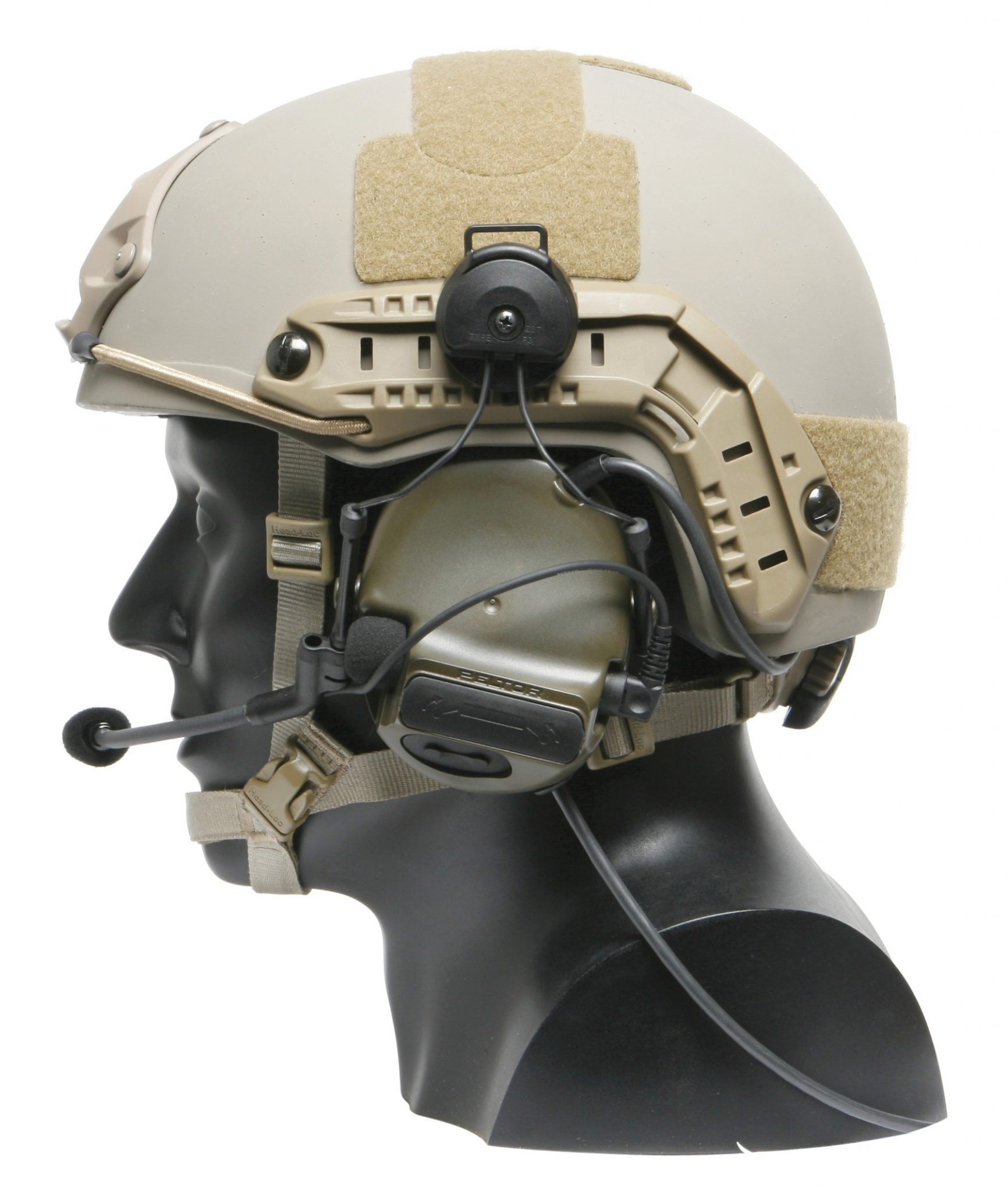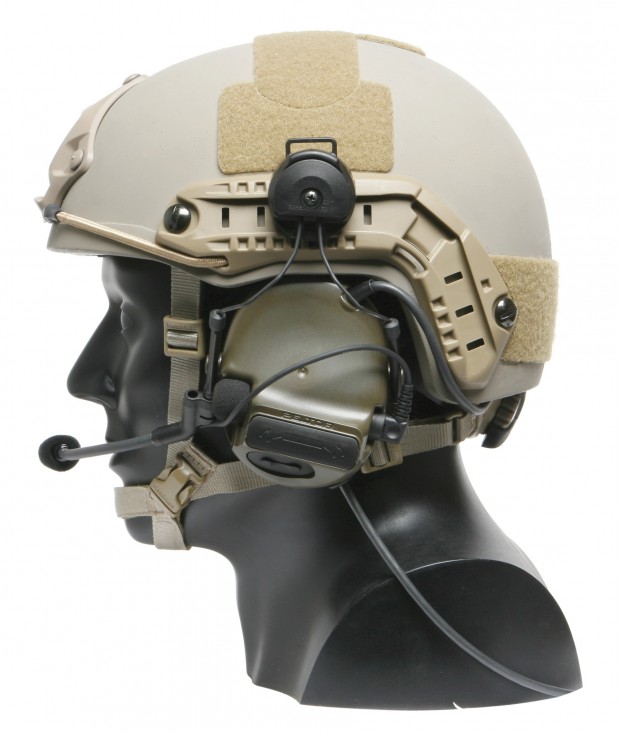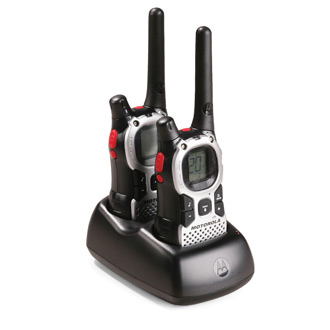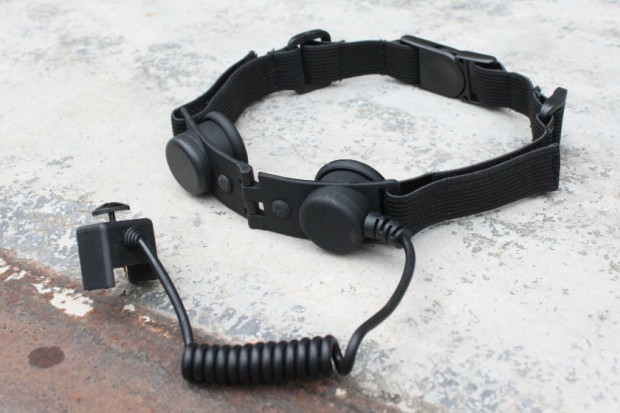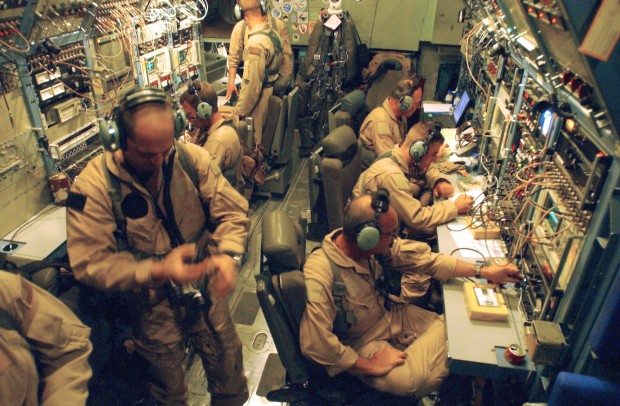First, we would like to welcome our newest sponsors for the Airsoft for Gamers column: Airsplat.com, GiantSportz.com, and SC Village. GiantSportz and SC Village have granted us access to SC Viper in Norco so we can get better video footage and AirSplat has offered to send us some Airsoft guns to review on our website as well as use in this column. Now, on to business: Communications!
Communicating within one’s squad as well with other squads can be key to winning your Airsoft game. If there is no communication, there is no planning, no sharing of information, no-win. The most basic form of communication comes from hand signals. Now, you may recall back in our second Airsoft for Gamers article where we features a great video primer on basic hand signals. If you didn’t see it, hit the link to the article to watch – it is VERY informative. These signals are especially effective in public matches where players often times do not have communications gear.
In lieu of hand signals, players can simply shout at one another. This may or may not be beneficial to your team depending on your tactical situation. If stealth is important, it may not be beneficial to yell about. That being said, if you are looking to keep in contact with your squad in a manner as to not give away your position, you need to move into the world of electronic communications. “Walkie talkies”, “Walkie”, “Handy Talkies”, HTs, radios, lots of terms meaning the same thing.
Nowadays, Airsoft players can find a multitude of walkie talkie brands and models. Motorola, Midland, Cobra Electronics, and Uniden are just a few manufacturers you might have heard of. Range is usually not too great an issue with these units because most Airsoft games don’t take place on hundred and hundred of acres of land. In fact, even the cheapest radio will get you about 20 miles in range – still, way beyond what you can expect in Airsoft. The biggest factor in picking up a walkie talkie is the type of push-to-talk/microphone/headset port it supports. All the manufacturers seem to have their own specs on port design. So, I would recommend you stick with Motorola or Midland. There are a good number of microphone options for those units. For my play, I chose a Motorola MJ270R package. For $47.29, I received TWO radios, and a charger unit (they feature rechargeable batteries). You may notice that the unit I picked up has some negative comments at Target’s website. Well, look closely and you will see those comments don’t have anything to do with Airsoft play. Another good feature about those radio units is that they are big enough to fit nicely into a MOLLE radio pouch.
After picking up your walkie talkie, you need to find a good microphone and earpiece (as well as a push-to-talk unit) to accompany it. Otherwise, you still might as well be shouting at one another. As I mentioned, the type of radio you pick up will determine your microphone and headset options. For the Motorola MJ270R, it uses a Motorola single pin port. Some Motorola units feature a double pin port – so research before you buy. For my money, I prefer a throat microphone and earphone combo. Throat microphones work differently than standard microphone boom units. Instead of registering vibrations in the air from your voice, the throat mic picks up those vibrations directly from your vocal chords. What this means is that you can just about whisper and it will come across to your squad mates crystal clear.
There are some seriously-expensive throat microphones out there. We are talking a hundred dollars or more for military-grade hardware. However, this is Airsoft, not combat. And, while not as expensive there is a very reasonably-priced model that should perform well under most conditions. Over at AirSplat, you can find the generic Tactical Throat Mic Microphone Headset for $29.99. It features the single Motorola pin jack and will work great with the MK270R. Beauty of this model is that it comes with a flexible earbud for receiving transmissions. This flexible, small earpiece fits easily under helmets or full face masks with ear protection. The other bonus to this peripheral is that it has a built-in PTT (push-to-talk) button that can be fasted to a vest loop for easy access during operations.
If a throat microphone is not what you are looking for, a lot of players use systems like the EVO III Tactical Communications Headset. For $30 dollars, you get the boom microphone, head mount, and earpiece. With these setups, you lack the PTT button. The reason the PTT is so important with this setup is that the headset plugs into the PTT which then plugs into your radio. As opposed to getting a microphone with a specific pin, the PTT is now the pin in question. Evike offers a single pin Motorola PTT for $30 dollars, which brings your investment to about a hundred dollars. If you are looking to save some cash, I would rely on the throat mic system and save yourself $30 dollars.
Now that you have the communications technology, you will need to implement it on the field. It is VERY important to make sure that all of your team knows how to use their respective radios prior to a match. Also, your squad needs to make sure they have pre-selected and set their radios to a specified channel. Additionally, if there are other, organized squads on the field, you may want to coordinate with them so you can make sure your channels line up (or don’t, if they are the OPFOR). How do you speak on the radio? Do you say “over”? Do you say “10-4”? In actuality, that depends on your squad. However, I would keep things as general as possible with basic military slang and syntax. Checkout some basic radio slang:
- Affirmative or Affirm: Yes.
- Negative: No.
- Reading you Five / Loud and clear: I understand what you say; 5×5.
- Over: I have finished talking and I am listening for your reply. Short for “Over to you.”
- Come in: You may begin speaking now
- Out: I have finished talking to you and do not expect a reply.
- Wait: I do not have the answer or information to hand, I will attempt to source the answer or information requested shortly but until then I have finished talking and do not expect a reply.
- Roger: I understand what you said; ok;
- Ten four: I understand; ok; all right.
- Copy: I heard what you just said; ok; all right.
- Wilco: Will comply (after receiving new directions).
- Go ahead or Send your traffic: Send your transmission.
- Say again repeat; Please repeat your last message (Repeat is only used in Canadian/US military radio terminology to request additional artillery fire)
- Break: Signals a pause during a long transmission to open the channel for other transmissions, especially for allowing any potential emergency traffic to get through.
- Roger So Far: Confirm you have received and understood the contents of my transmission so far. This is used during Long Message Procedure (Messages lasting over 20 seconds prefixed by the Pro-Word ‘Long Message’ and the initiating C/S must give a gap of five seconds after the receiving station has replied with ‘Roger’. This five seconds is to allow other Stations onto the net if they have important messages.
- Break-Break: Signals to all listeners on the frequency, the message to follow is priority. Almost always reserved for emergency traffic.
- Standby or Wait out: Pause for the next transmission. This does not usually entail staying off the air until the operator returns as they have used the word ‘Out’ which indicates the transmission has ended. The net is now free for other traffic to flow but users should be aware that the previous C/S may re-initiate a Call as per their ‘Wait out’
- Callsign-Actual: Sometimes an individual (generally a superior) may have a person monitor the network for them. Saying “actual” after their callsign asserts you wish to speak to the specific person the callsign is attached to.
- Interrogative: The message to follow is a question.
Another important thing to be familiar with is the NATO phonetic alphabet, which gets used a lot over comms.
Letter – Code
- A – ALFA
- B – BRAVO
- C – CHARLIE
- D – DELTA
- E – ECHO
- F – FOXTROT
- G – GOLF
- H – HOTEL
- I – INDIA
- J – JULIETT
- K – KILO
- L – LIMA
- M – MIKE
- N – NOVEMBER
- O – OSCAR
- P – PAPA
- Q – QUEBEC
- R – ROMEO
- S – SIERRA
- T – TANGO
- U – UNIFORM
- V – VICTOR
- W -WHISKEY
- X – XRAY
- Y – YANKEE
- Z – ZULU
Usually, you start your transmission with the designation of its intended target, followed by your own designation, then your message. Here are some example radio communications:
Inter-squad chatter:
“Contact front! Enemy infantry in the open, bearing 020, forty meters!” – One of the squad has eyes on enemy forces.
The enemy has not seen them yet, so the squad leader (in our example, Chevy 1) calls back to command (in our example, Godfather 1) for instructions:
- “Godfather 1 this is Chevy 1 – message, over.” – Chevy 1 is trying to find out if Godfather 1 is ready to get traffic.
- “Chevy 1, Godfather 1 – go ahead, over.” – Godfather 1 is ready to receive and has let Chevy 1 know.
- “This is Chevy 1, OPFOR spotted in sector Delta, break.” – Chevy 1 has spotted some of the enemy force and is about to send more after doing a quick horizon check.
- “This is Chevy 1, OPFOR consists of two four-man squads with M4 carbines heading at slow pace towards sector Foxtrot. Standing by for orders, over.” – Chevy 1 gave more info on enemy and is awaiting instructions.
- “Chevy 1, this is Godfather 1, you are cleared to engage. Will send Saber in to flank from West, over.” – The team has been cleared to engage the OPFOR and command is also routing a second squad to flank them.
We hope you have learned something from our column on Airsoft communications and will eventually plan on picking up your own set of radios and mics. They add a great level of immersion to the game as well as give your squad a leg up on being able to exercise greater teamwork than possible without communications gear.
We Would Like to Thank Our Sponsors
 |
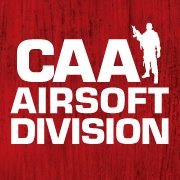 |
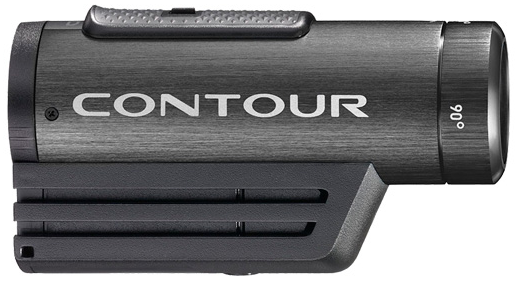 |
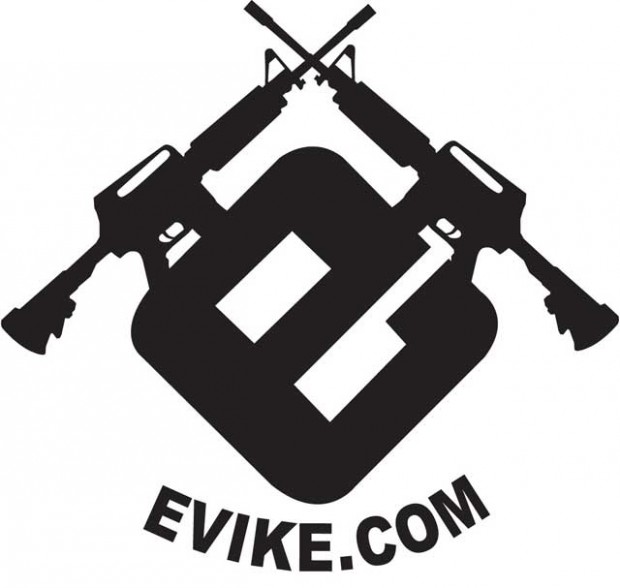 |
 |
 |
 |
 |
 |
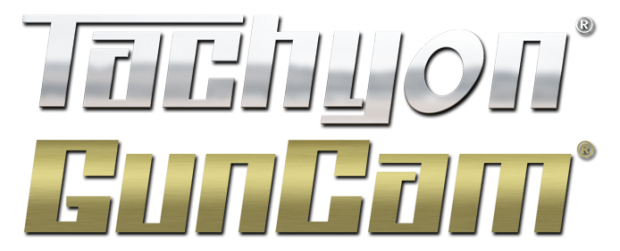 |

